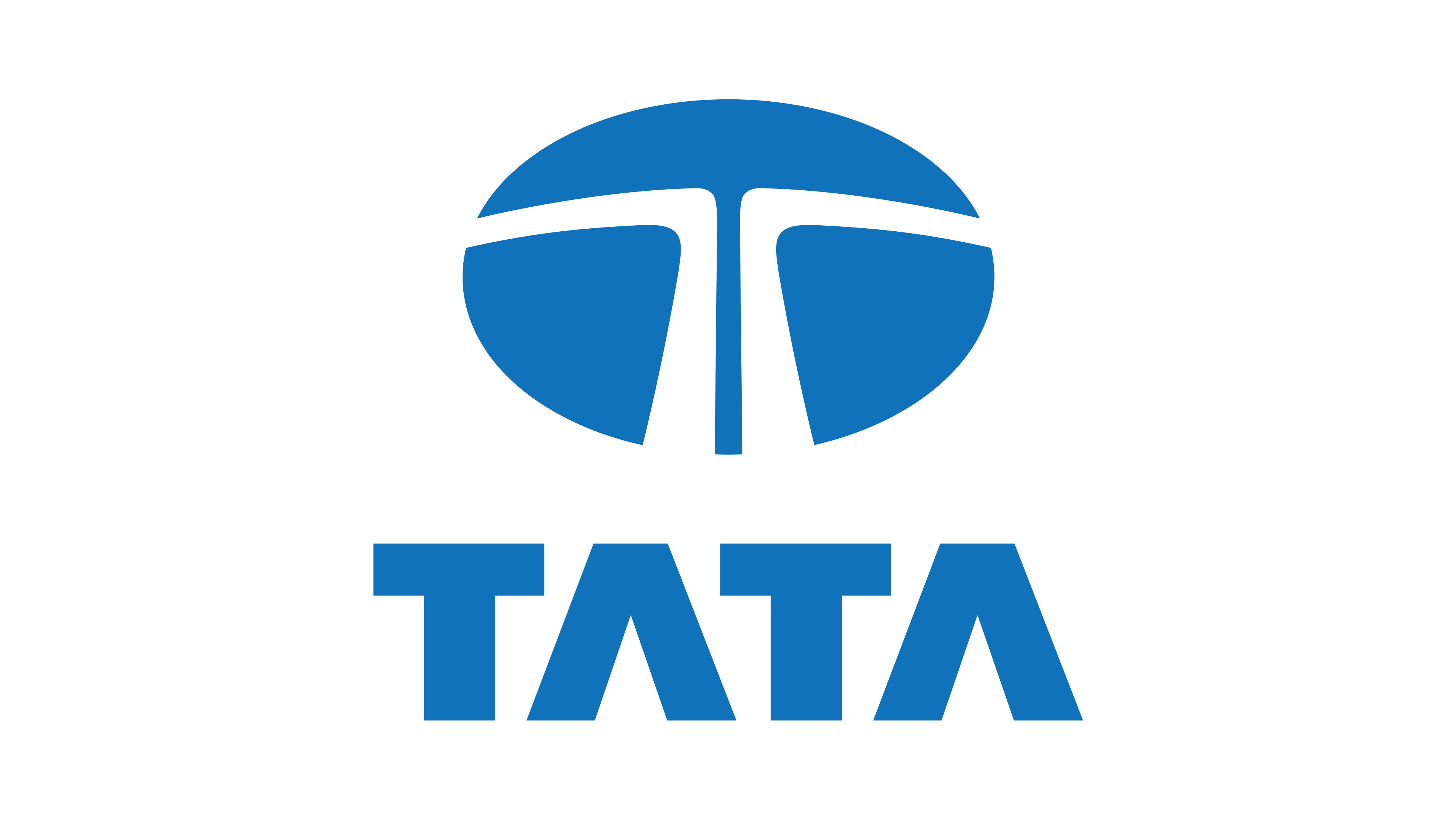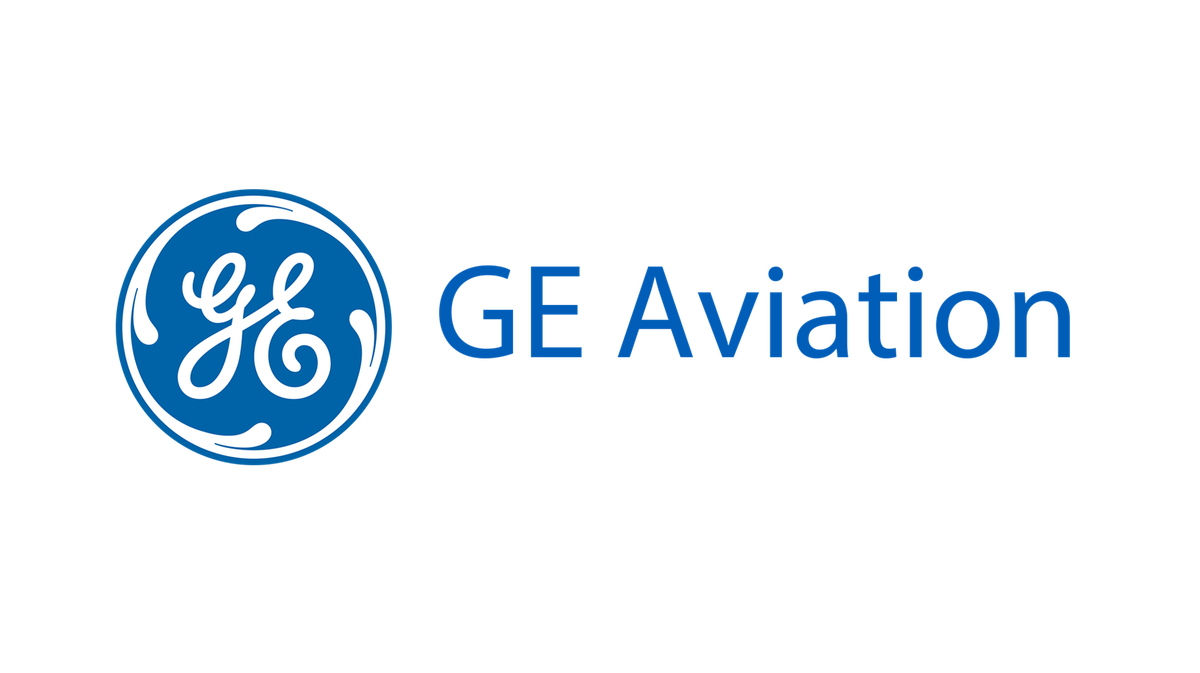S V Controls provides Sustainability solutions for the Boiler
Reduce the costs and complexity of implementation in accordance with the applicable regulations within the food & beverage industry.
- Native integration of requirements of 21 CFR Part 11 in our products.
- Compliance with the standards for good practice (BPF, GMP, HACCP etc.).
- Proven test and validation techniques to guarantee repeatability.
- Standard validation models.
Industrial boiler systems can cope with much higher pressures than pressure cookers. These boilers are welded from thick steel plates that are up to 35 mm thick, making pressures of 30 bar and more possible.
A stable, robust design is also essential – if a boiler of this type were to collapse, explosive forces comparable to the explosive power of a ton of gelignite would be
released (milk boiling over in a pressure cooker is nothing in comparison to this).
A thermal output of up to 38 MW is possible from a single boiler, which corresponds approximately to the power of 500 average VW Golf cars. Up to five boilers can be combined economically. A boiler of this type, filled with water and ready for function, can weigh as much as 165 tons, which corresponds to the weight of 120 VW Golfs.
How an industrial boiler system works
The heart of an industrial boiler system is a hot water or steam boiler operated with a certain kind of fuel. The boiler heats up or evaporates the water inside it, which is then transported to the consumers via pipe systems. In case of hot water the transport energy is generated by pumps, in case of steam the transport is based on inherent pressure. The cooled water or the condensed steam returns to the boiler where it can be heated again. Loss of water must be compensated by treated fresh water to avoid corrosion. Flue gases created by combustion are
discharged into the atmosphere through a chimney. Particularly efficient systems additionally use the residual heat in the flue gases.
Applications of Boiler Industry
Integrated Boiler Control
2000 houses.
System Control and Data Acquisition (SCADA) requires a communications network to transmit the information back to a central control centre (CCC).
Gas Burner Management
BMS systems by Eurotherm are good options to overcome this problem.
Level & Pressure Control
Continuous Blowdown
Pressure Control
TDS Control
These solids will contaminate control valves, heat exchangers and steam traps.
Careful control of boiler water TDS level together with attention to the other factors should ensure that the risks of foaming and carryover are minimised.
Boiler Drum Level Control
A dramatic decrease in this level may uncover boiler tubes, allowing them to become overheated and damaged. An increase in this level may interfere with the process of separating moisture from steam within the drum, thus reducing boiler efficiency and carrying moisture into the process or turbine.
Biomass Power Plant
The Control System comprises our powerful Eurotherm Suite Distributed Control System, Eurotherm T940 Process Supervisor and 2500 I/0 units and Eurotherm T640 Integrated Loop processors.
The T940 Process Supervisor controls the entire plant by acquiring data through Eurotherm subsystems. Eurotherm Suite stations monitor the complete plant and provide live data to operators.
Flow Calculation
Calculation and display of the Reynolds number
Four different tapping types
Calculations for gas or liquid
Standard supervisory workstation interface
Timed Bottom Blowdown
It must be chemically treated to remove the corrosive elements that may be present and would ultimately corrode the boiler as well as affect the quality of steam required within a process.
Chemicals entering the boiler via the feedwater must be removed from the boiler. Failure to do so can result in the boiler system suffering from scale formation, corrosion, brittle and cracking metal, carry-over and foaming.
Therefore a proper chemical balance must be maintained within the boiler itself.
Leak Detection
Pump Sequence Control
Depending on the design and functionality, individual feed pumps servicing individual boilers or a bank of feed pumps may maintain a common feedwater pressure that feeds into the boilers.
Implementing pump sequence control allows the system to sequence and cycle pumps such that a minimum number of pumps are needed to maintain the feedwater flow to the boilers requiring it. The pump sequence control can also regulate (where variable speed pumps have been implemented) the output of each pump making its usage more energy efficient.























